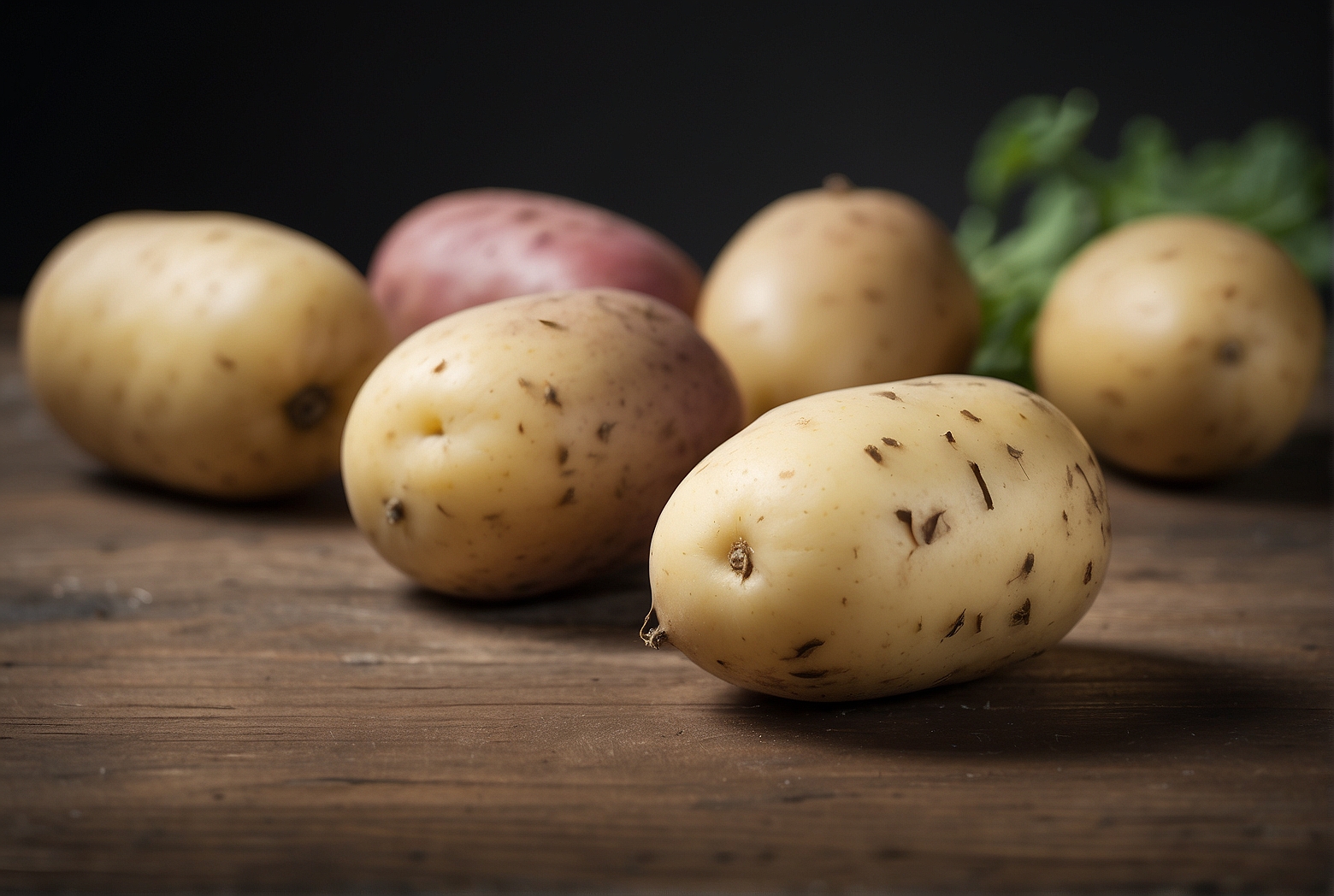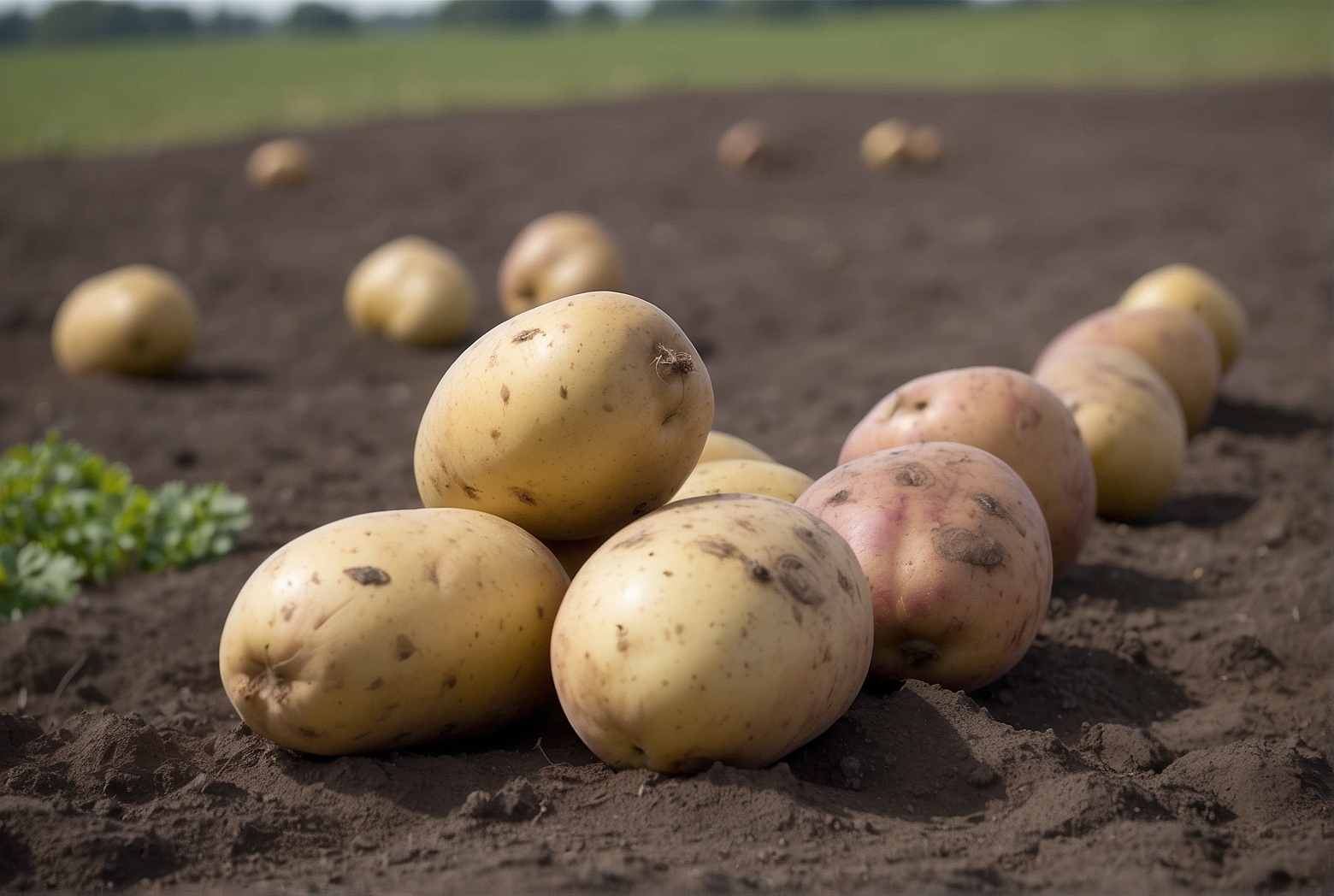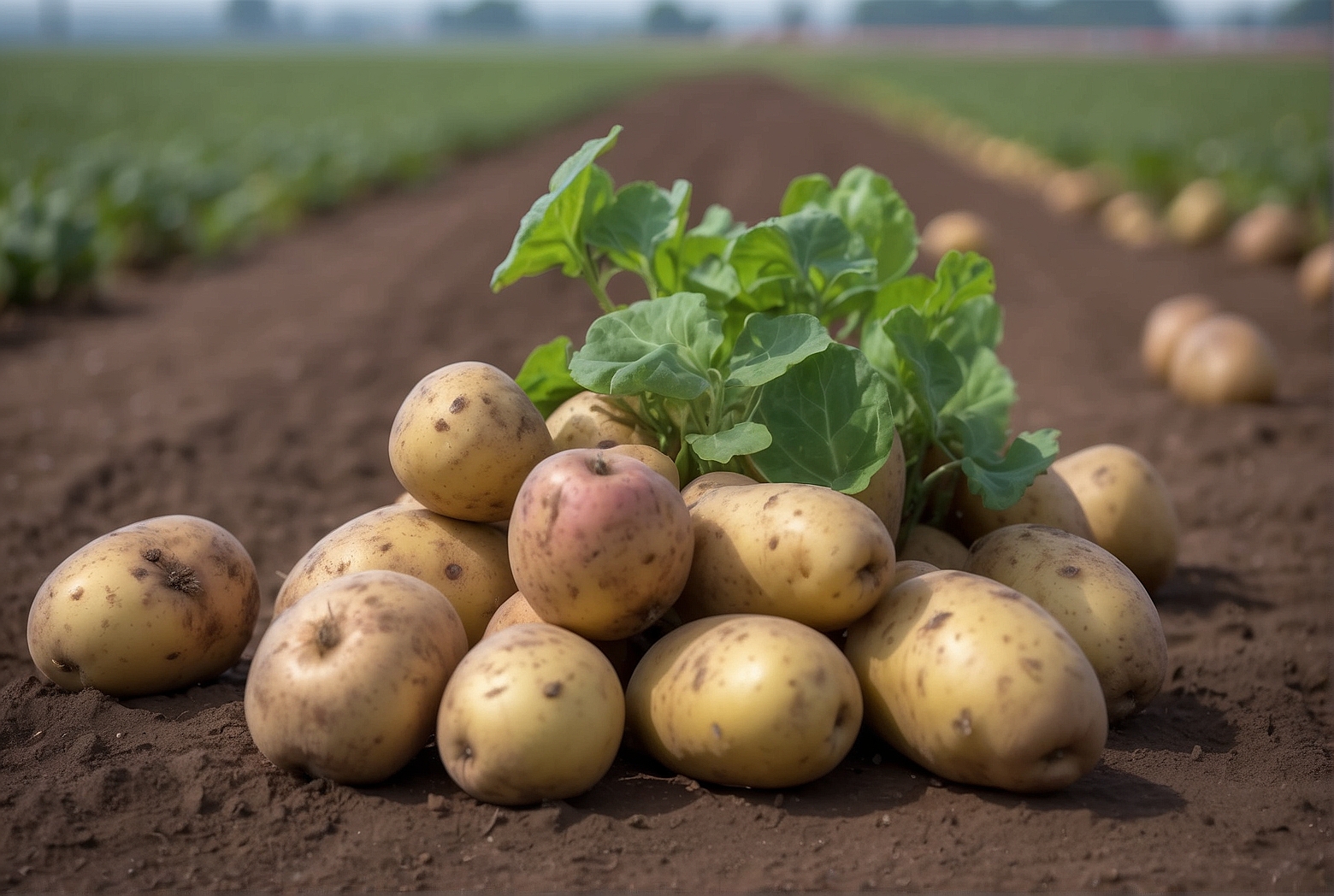Last Updated on April 1, 2024 by Tony Manhart
Are you curious about whether Charlotte potatoes are determinate or indeterminate? The answer to this question lies in understanding the growth habits of these popular potatoes. Determinate potato plants have a limited growth and stop producing once they reach a certain size, while indeterminate varieties keep growing and producing throughout the growing season. So, which category do Charlotte potatoes fall into? Read on to find out the fascinating answer.
Introduction
When it comes to growing potatoes, understanding the growth habits of different varieties is crucial for successful cultivation. In particular, determining if Charlotte potatoes are determinate or indeterminate plays a significant role in how you approach planting, pruning, harvesting, and storage. So, let’s dive into the world of potatoes and shed some light on the characteristics of determinate and indeterminate potatoes, with a special focus on the beloved Charlotte variety.
Characteristics of Determinate Potatoes
Determinate potatoes are known for their limited height and spread. These compact plants typically reach a predetermined size and then stop growing vertically. This growth pattern is advantageous for gardeners with limited space, as determinate potatoes tend to take up less room in the garden. However, it’s important to note that while they may not grow taller, determinate potatoes can still spread out, occupying a considerable amount of ground.
One significant characteristic of determinate potatoes is their tendency to produce all their potatoes at once. This synchronized growth results in an abundant harvest within a relatively short time frame. It can be advantageous for those who desire a bountiful harvest to enjoy or store. However, it also means that once the potatoes are harvested, the plant’s life cycle is complete. This characteristic is worth considering for gardeners who prefer a continuous supply of fresh potatoes throughout the season.

Characteristics of Indeterminate Potatoes
In contrast to determinate varieties, indeterminate potatoes continue to grow and produce throughout the season. These plants have a taller and wider structure, often requiring adequate support to prevent them from sprawling on the ground. With their prolonged growth habit, indeterminate potatoes can keep providing a harvest over an extended period. This characteristic is particularly beneficial for gardeners who prefer a continuous supply of fresh potatoes instead of a single large harvest.
Due to their taller and wider plant structure, indeterminate potatoes can take up more space in the garden. This aspect must be considered when planning your garden layout to ensure that each plant has enough room to grow and develop fully. Additionally, the increased plant size may result in shading, which could affect the growth of other nearby plants. Therefore, careful consideration of the spacing and placement of indeterminate potatoes is crucial for optimal garden productivity.
Identification of Charlotte Potatoes
Charlotte potatoes are popular for their unique appearance and culinary versatility. They are typically oval-shaped with smooth, yellow skin and a firm, waxy texture. The flesh of Charlotte potatoes is creamy and slightly yellow, making them a delightful addition to various dishes. Due to their excellent taste and texture, Charlotte potatoes are widely used in both hot and cold culinary preparations such as roasting, boiling, salads, and even gratins.
Expert Opinions on Charlotte Potatoes
Potato experts have conducted extensive research to determine the growth habit of Charlotte potatoes. While there may be conflicting information and confusion surrounding whether they are determinate or indeterminate, experts have provided valuable insights into this matter. The general consensus is that Charlotte potatoes exhibit characteristics of both determinate and indeterminate varieties, making them somewhat unique in their growth habit.

Some studies suggest that Charlotte potatoes exhibit determinate characteristics by producing the majority of their potatoes around the same time. However, other studies indicate that Charlottes can also display indeterminate traits through their ability to continue producing new tubers after the main harvest. As a result, gardeners may find themselves in a gray area when classifying the growth habit of Charlotte potatoes.
Determinate or Indeterminate?
To determine whether Charlotte potatoes are determinate or indeterminate, several factors need to be considered. While their tendency to produce a large number of potatoes simultaneously leans towards a determinate growth habit, their ability to produce new tubers after the initial harvest aligns with indeterminate characteristics. Ultimately, it may be helpful to think of Charlotte potatoes as falling along a spectrum between determinate and indeterminate.
Gardeners must also consider the specific characteristics of the Charlotte potato plants they have obtained, as variations can exist within the same variety. Additionally, environmental factors and cultivation practices can influence the growth habit of Charlotte potatoes. Close observation of the plants throughout the growing season and an understanding of their response to your specific conditions will provide valuable insights into their growth habit.
Cultivation Practices
Based on the characteristics of Charlotte potatoes, certain cultivation practices are recommended for optimal growth and productivity. When planting Charlotte potatoes, it is advisable to follow recommended techniques for their specific growth habit. If your Charlotte potatoes display mainly determinate characteristics, ensure the plants have sufficient space to spread as they may not grow as tall as indeterminate varieties. If your Charlottes exhibit more indeterminate traits, provide sturdy support structures to prevent them from falling over as they grow taller.
Pruning techniques can also vary depending on the growth habit observed in Charlotte potatoes. For those that demonstrate determinate behavior, limited pruning is usually needed, focusing mainly on removing dead or diseased foliage. However, for Charlottes that display indeterminate characteristics, regular pruning may be necessary, particularly for excessive foliage that can hinder light penetration and air circulation.
Harvesting and Storage
The best practices for harvesting Charlotte potatoes depend on whether they are determinate or indeterminate. For determinate plants, harvesting can typically be done when most of the potatoes have reached maturity, as they tend to ripen at similar times. With indeterminate plants, you can adopt a different approach, harvesting potatoes as needed throughout the season. For both types, it is essential to handle the harvested potatoes with care, avoiding any damage that could lead to spoilage.
Storage recommendations also differ depending on whether your Charlotte potatoes are determinate or indeterminate. Determinate potatoes are more suitable for immediate consumption or short-term storage, as their synchronized growth means they are more likely to deteriorate simultaneously. On the other hand, if you have indeterminate Charlotte potatoes, they can be stored for longer periods under proper storage conditions, ensuring a steady supply of fresh potatoes beyond the harvest season.
Gardening Tips and Recommendations
For gardeners planning to grow Charlotte potatoes, certain tips and recommendations can enhance their success. Based on the growth habit of Charlotte potatoes, consider the spacing requirements of both determinate and indeterminate plants to allow for optimal growth. Adequate spacing will not only prevent competition for resources but also enable sufficient air circulation and light penetration, minimizing the risk of diseases or stunted growth.
Additionally, when planning a potato garden, it is crucial to rotate your crops annually to avoid the build-up of pests and diseases in the soil. This practice is particularly important for indeterminate varieties like Charlotte, as they have a longer growth period and may be more susceptible to pathogens over time. By implementing crop rotation, you can maintain the health of your potato plants and ensure better overall garden productivity.
Conclusion
In conclusion, understanding the growth habit of Charlotte potatoes is essential for successful cultivation and a bountiful harvest. While there may be conflicting information surrounding their classification as determinate or indeterminate, it is clear that Charlotte potatoes exhibit traits from both categories, making them somewhat unique in their growth pattern. By considering the specific characteristics observed in your Charlotte potato plants and adapting your cultivation practices accordingly, you can maximize their growth, productivity, and storage potential. So, as you embark on your potato-growing journey, remember to embrace the fascinating nature of the Charlotte variety and appreciate the significance of understanding their growth habit.
Tony Manhart is a passionate gardener who has been tending to gardens for over 20 years. He takes pride in creating beautiful outdoor spaces with plants, trees, and shrubs that can thrive in any environment. He loves to share his knowledge with others and has taught classes on gardening basics and advanced techniques. He is committed to sustainability, using natural and organic methods to create and maintain gardens. He also works with local organizations to create green spaces for communities. When he’s not gardening, Tony enjoys hiking, reading, and spending time with his family.

